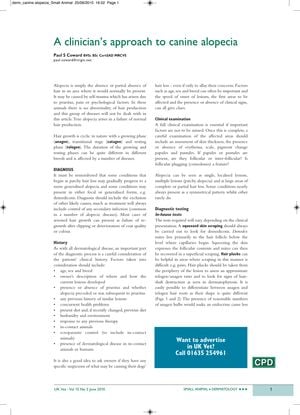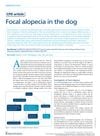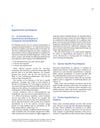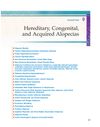A Clinician's Approach to Canine Alopecia
September 2010
in “
Companion Animal
”
canine alopecia demodicosis bacterial folliculitis dermatophytosis hypothyroidism hyperadrenocorticism Alopecia X trilostane melatonin Sertoli cell tumors female hyperestrogenism castration ovariohysterectomy pattern alopecia follicular dysplasia telogen effluvium congenital hypotrichosis dog hair loss ringworm thyroid deficiency Cushing's disease neutering spaying

TLDR The guide explains how to diagnose and treat hair loss in dogs, covering causes and treatments, with some conditions lacking treatment options.
The document provides a comprehensive guide on diagnosing and treating canine alopecia, detailing the diagnostic process, potential causes, and treatment options. It emphasizes that alopecia is due to a lack of hair production rather than self-trauma and outlines the importance of considering the dog's history and clinical examination. Various causes of alopecia are discussed, including demodicosis, bacterial folliculitis, dermatophytosis, hypothyroidism, and hyperadrenocorticism. Specific conditions like Alopecia X can be treated with trilostane or melatonin, while Sertoli cell tumors and female hyperestrogenism may require surgical interventions like castration or ovariohysterectomy. Some conditions, such as pattern alopecia, follicular dysplasia, telogen effluvium, and congenital hypotrichosis, have no available treatment. The document serves as a clinical guide rather than a research study and does not include study participant numbers.




